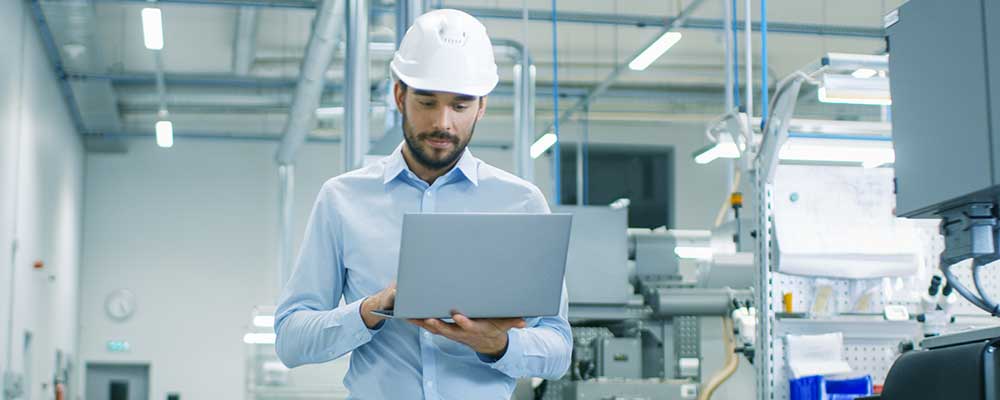A couple of years ago, the most you did with your Wi-Fi might have been a Netflix binge, a bit of online shopping and perhaps some gaming. But now, a big percentage of the workforce are working from at least part of the time.
With the pandemic brought the rise of hybrid working and all of a sudden, people needed strong, reliable Wi-Fi at home so they could continue to work throughout lockdowns. But what about security?
Just as you wouldn’t want your card details stolen online, your boss probably doesn’t want confidential information at risk on your home network. They won’t want their devices flooded with spyware and malware either!
So what can you do to keep your home Wi-Fi network secure so you can continue working from home?
Here are some top tips to help keep those hackers, scammers and cybercriminals at bay, and protect your network and all the devices connected to it.
How to keep your home Wi-Fi network secure
1. Re-name your home Wi-Fi network
Your wireless router will automatically broadcast your default SSID (service set identifier) in the list of available wireless networks close by. It is usually listed by the manufacturer or service provider’s name e.g. Sky. This gives hackers a headstart when it comes to breaking into your network, so it’s always a good idea to re-name it. Make sure you choose a name that doesn’t give away any personal info, such as your surname or house number.
2. Choose a strong, unique password for your wireless network
Did you know that hackers can make educated guesses when it comes to default passwords, especially if they know the name of the manufacturer of your router? Scary right. Make sure you change the default password to something strong and less easy to guess. You want it to be at least 20 characters long, and include letters, numbers and symbols. The more difficult you make the password, the trickier it is for hackers to get into your network.
3. Enable network encryption
Most routers come with a feature called encryption, but they tend to come with this turned off. You can help to secure your home WI-Fi network by turning this feature on in settings. You should turn this on as soon as your router has been installed by your broadband provider. The most recent and effective encryption currently available is ‘WPA2’.
4. Don’t broadcast your network name – Turn this feature off
We touched on this above when we talked about changing the default name. You can go a step further and not broadcast your wireless network publicly at all. When a person looks up available local networks on their device, your network won’t be visible if you disable name broadcasting. This means that your Wi-Fi is invisible to anyone who doesn’t know how to go looking for it. There’s not many reasons why you would need to publicly display your home wireless network, unless you want to be sharing it with your friends and neighbours!
5. Keep up with the latest software updates
As with any firmware, software can have vulnerabilities. Thankfully, these are usually swiftly rectified and shared via updates by the manufacturer. By staying up to date with software for your router you can make sure that it has the highest level of security. Hence helping to prevent hackers getting access to your home Wi-Fi network.
6. How good is your firewall?
If you want to protect your computer or other device from malware, viruses and other cyber attacks then you need a firewall. You’ll find that most wireless routers come with a firewall built in – But do make sure that this function isn’t turned off. No firewall on your router? You’ll want to make sure that you download a decent firewall onto your system to act as a guard to anyone attempting to access your wireless network with ill intent.
7. Use VPNs to access your network
A virtual private network is a really effective way of keeping your online communications private and secure. You can use your devices on your home Wi-Fi network and connect to a VPN which then checks your credentials and links with another server. Once both sides are authenticated, all your internet communication becomes encrypted – Which means no outside prying eyes can see or access what you’re up to.
How secure is your home Wi-Fi network?
It is so important to keep your home wireless network secure – Perhaps now more than every before with the amount of employees working from home.
You should know exactly how secure your home Wi-Fi network is, and the steps you can take to ensure it is as secure as you can possibly make it.
You should be aware of all the devices that connect to your home network and ensure that they all have reliable security software installed. That way all of the devices across your home Wi-Fi network will be protected from viruses and spyware, and thus protecting any sensitive information you may be sharing for work.



